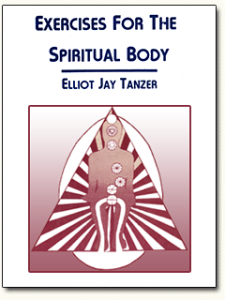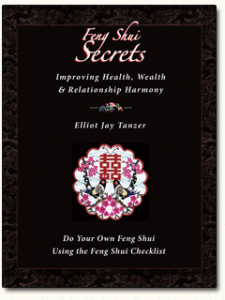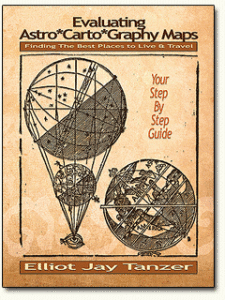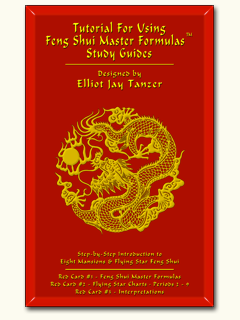Feng Shui philosophy contends: if the home is in harmonious surroundings and arranged in an harmonious manner, the inhabitants of that home will reflect that harmony and live more harmonious lives.
In olden times feng shui knowledge provided such common sense guidelines as: don’t build your grass roof shack on a windy mountain top or too close to a river that may overflow its banks. It was also considered poor feng shui to position your stove opposite the front door, as a gust of wind coming in will flicker the flame and your rice won’t cook properly. From these basics evolved profound principles of how to create a harmonious living environment. Principles that apply to any home built in any era or anywhere on planet earth.
Though showing up in the U.S. mainstream only twenty years ago, feng shui (fung sch’way), the Chinese art and science of how to site, construct, and design a home, traces its beginnings back at least 3,000, and some say, as much as 5,000 years ago.
Feng Shui Solutions
Feng shui is not just about identifying problems, but also about suggesting solutions. Though occasionally a remodeling is needed, most problems can be removed, blocked, or deflected by using interior design arrangements in accordance with feng shui principles.
Sleep needs to be restful to be rejuvenating, so avoid the following situations: sleeping in a bed with a refrigerator, toilet, or a source of electromagnetic radiation (such as a breaker box) on the other side of the headboard will also result in disturb sleep and not waking up feeling refreshed. If you use an electric blanket, turn it on to warm the bed then UNPLUG it from the wall. Large windows, heavy framed pictures, mirrors or shelves at the head of the bed produces the “what if they break or fall” anxiety (especially if you live in earthquake country). Also sleeping on a water bed (stagnant water) can result in kidney or urinary problems.
Ch’i and Sha Ch’i
Environmental features that are dangerous, real or falsely perceived as real, are referred to as sha ch’i. Sha ch’i is when life giving ch’i is taken away. When the ch’i is noxious, stagnant, or hostile. For example: A life threatening situation such as a gunman pointing a loaded weapon at you is quite clearly stress producing. The rational mind has no problem interpreting this kind of danger and the need to get the adrenal glands pumping.
Even a statue of someone pointing a bow and arrow at you would make you uneasy. Eventually you will either come to terms with this symbolic aggression and relax. Or you will alter the environment to suit your comfort zone. You will either sit or stand out of the range of imagined danger or perhaps move the statue so that it points in a different direction. This is one of the primary goals of feng shui: to modify the environment so that it is less aggressive, more relaxed, more harmonious and ultimately more life enhancing.
As you walk around your home, notice if there are any ‘hidden arrows’ in the external environment aimed at your home. Consider if there are roadways, neighboring fences and roof lines ‘shooting’ at your front door. Trees or utility poles directly in front of the front door and large mountains or buildings towering above the home are also considered to be ‘attacking’ and therefore harmful to the inhabitants. Solutions: Plant a hedge, erect a fence and or place a small oval or octagonal mirror to ‘deflect’ the poison arrows.
The harmful effects of ‘poison arrows’ inside the home can be felt as sharp-edged furniture on either side of the bed, or that block your easy passage in and out of a frequently used room. Even cactus, pointy-leaf dracaena, or other plants with knife-like foliage can be felt as ‘threatening’. Solution: Cover points and edges or change sleeping or sitting locations. Keep the images and the objects soft and safe to the touch.
Feng Shui Creates Harmonious Homes in Many Ways
My book, Choose the Best House for You, The Feng Shui Checklist is the easiest to use in evaluating everything concerned with siting, construction, and room configuration. Other books teach the Bagua Template, or how we unconsciously map our living or working space into Abundance Areas, Relationship Areas, and so forth. This branch of feng shui is most concerned with the symbols and images we surround ourselves with. There is also the traditional Compass School approach which aligns a structure and its inhabitants with the earth’s magnetic field and, like acupuncture, brings balance by restoring the nurturing cycle of the Five Elements.
We will discuss some of these topics in future issues.




